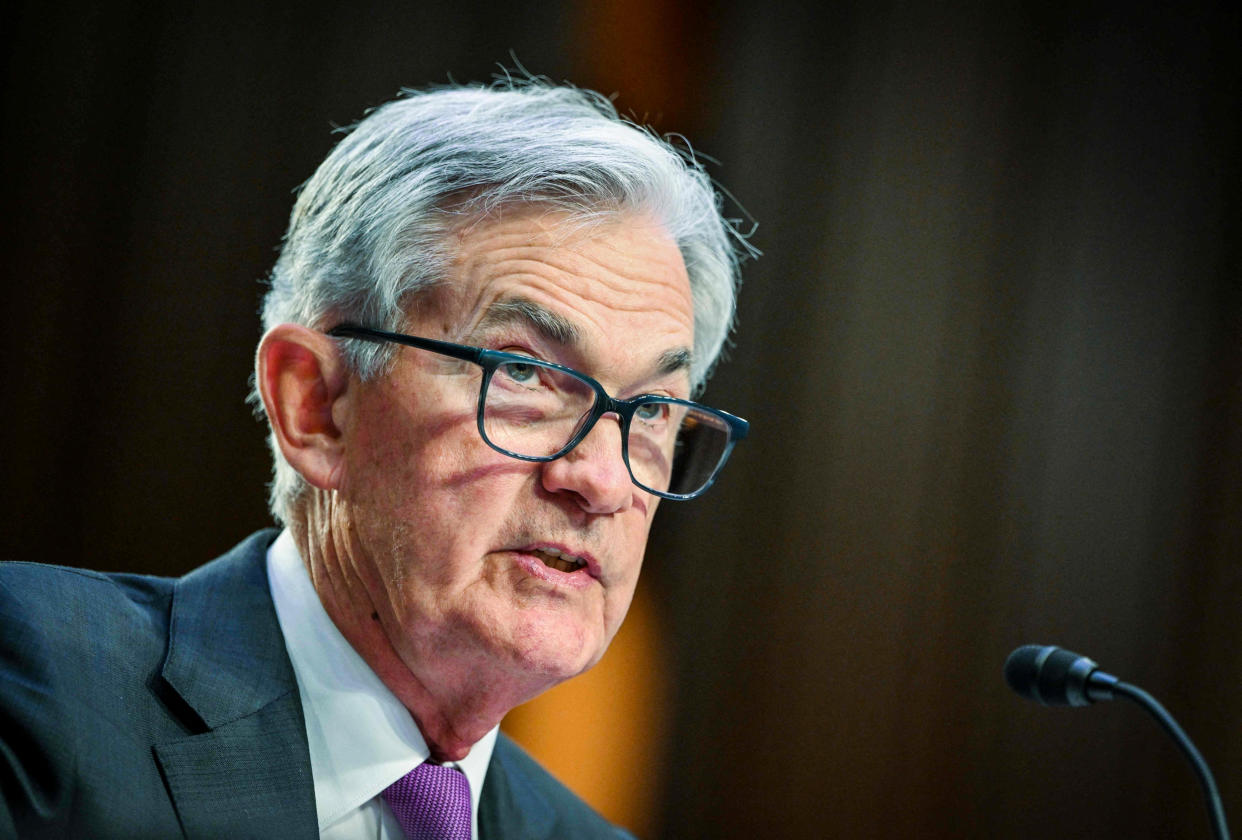Fed raises interest rates by a quarter point, keeping inflation in crosshairs
The Federal Reserve is raising its key interest rate by 0.25%, continuing on its crusade against inflation while warning that recent instability in financial markets after a series of historic bank collapses could weigh on the economy.
In announcing their ninth consecutive rate hike, Fed officials said in a statement Wednesday that the “U.S. banking system is sound and resilient.”
But they warned that “recent developments” — likely a reference to the market turmoil since several lenders around the world have stumbled or failed — “are likely to result in tighter credit conditions for households and businesses and to weigh on economic activity, hiring, and inflation.”
“The extent of these effects is uncertain,” the statement continued, sounding a note of caution over whether to impose further interest-rate raises down the road.
The policy makers said they “will closely monitor incoming information and assess the implications for monetary policy. The Committee anticipates that some additional policy firming may be appropriate” to get the pace of consumer price increases back down to their 2% target. The statement dials back previous language indicating a likelihood of “ongoing increases.”
The Fed also released its quarterly round of economic projections Wednesday, which will include policymakers’ forecasts on inflation and rate hikes through 2025.
The latest 12-month inflation data came in at 6% for February. That was slightly lower than January’s 6.4% level — and down from a 9% peak last summer — but still well above the Fed’s 2% target, showing that price pain for consumers is lingering despite gradual declines.
A more detailed inflation measure the Fed has been watching, so-called supercore inflation — which reflects price increases driven by everyday services costs like haircuts or meals out — even increased slightly last month, which led many analysts over the past week to anticipate further rate hikes.

But the collapses of Silicon Valley Bank and Signature Bank, followed by a rush to shore up the finances of Credit Suisse and First Republic, scrambled those forecasts.
That is partly because the Fed’s own actions to curb inflation have been seen as factors in the bank collapses. The problems that sparked the meltdowns were distinct to each of the two failed lenders, but higher interest rates had put pressure on both — as they have across the financial industry.
By raising its key federal funds interest rate, the Fed sets off a chain reaction of rate increases in other parts of the economy, making it more expensive to borrow and invest and thus cooling demand for goods and services.
That is precisely the central bank’s desired outcome in its fight against inflation. The Fed has hiked its effective rate from near zero a year ago to more than 4.5% today. After its eight consecutive increases, consumers now face higher borrowing costs in a range of places, from credit card interest rates of nearly 20% to auto loan rates of about 6.5%.
“They’re saying, ‘We have to weigh that inflation fight versus the banking system and adding more stress in an already stressed system,’” Michael Antonelli, managing director at Robert W. Baird & Co. financial services group, said earlier this week of Fed officials. “It’s just not easy for them right now.”
